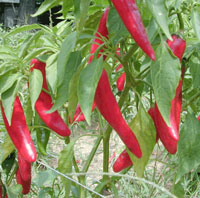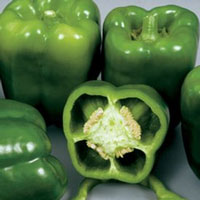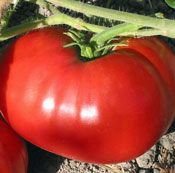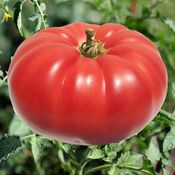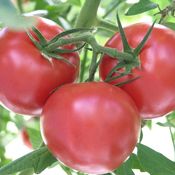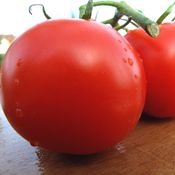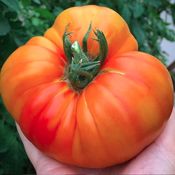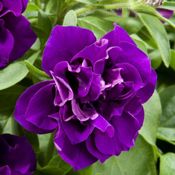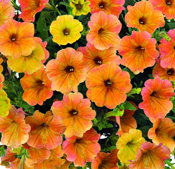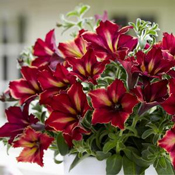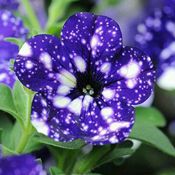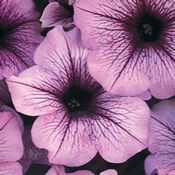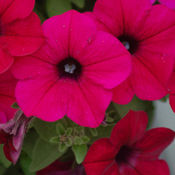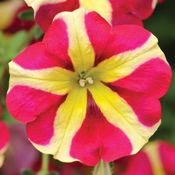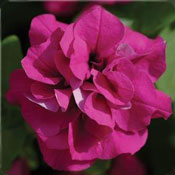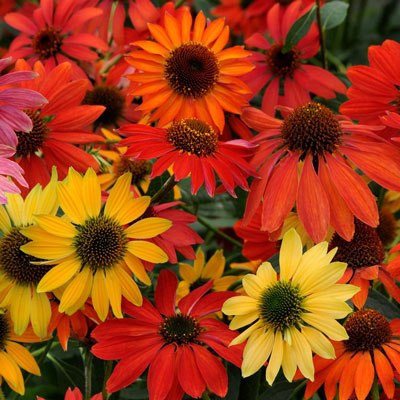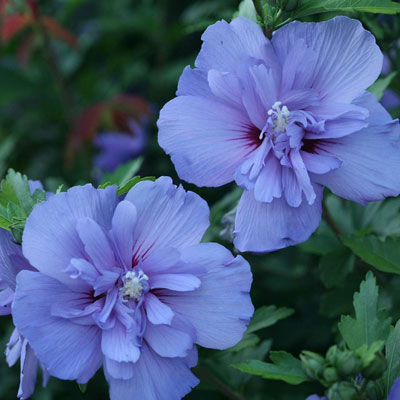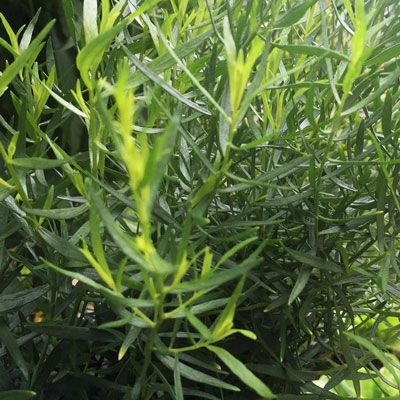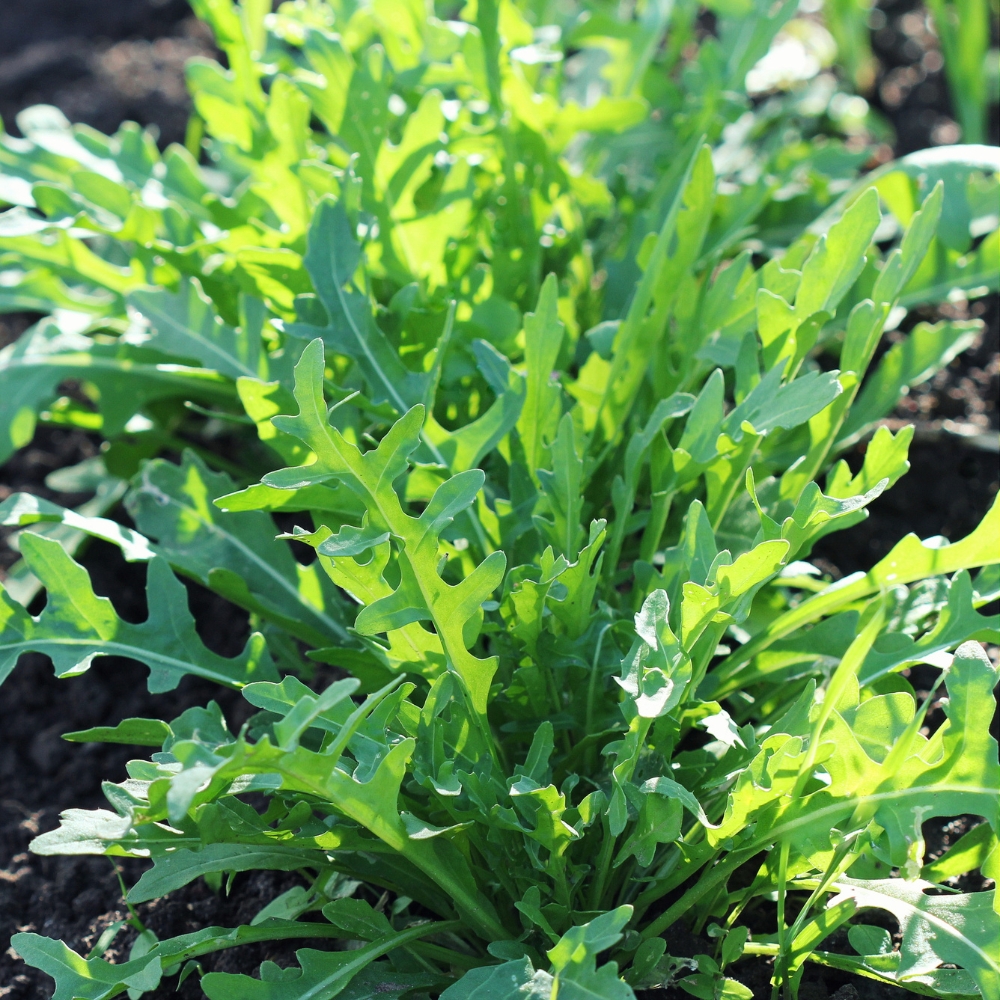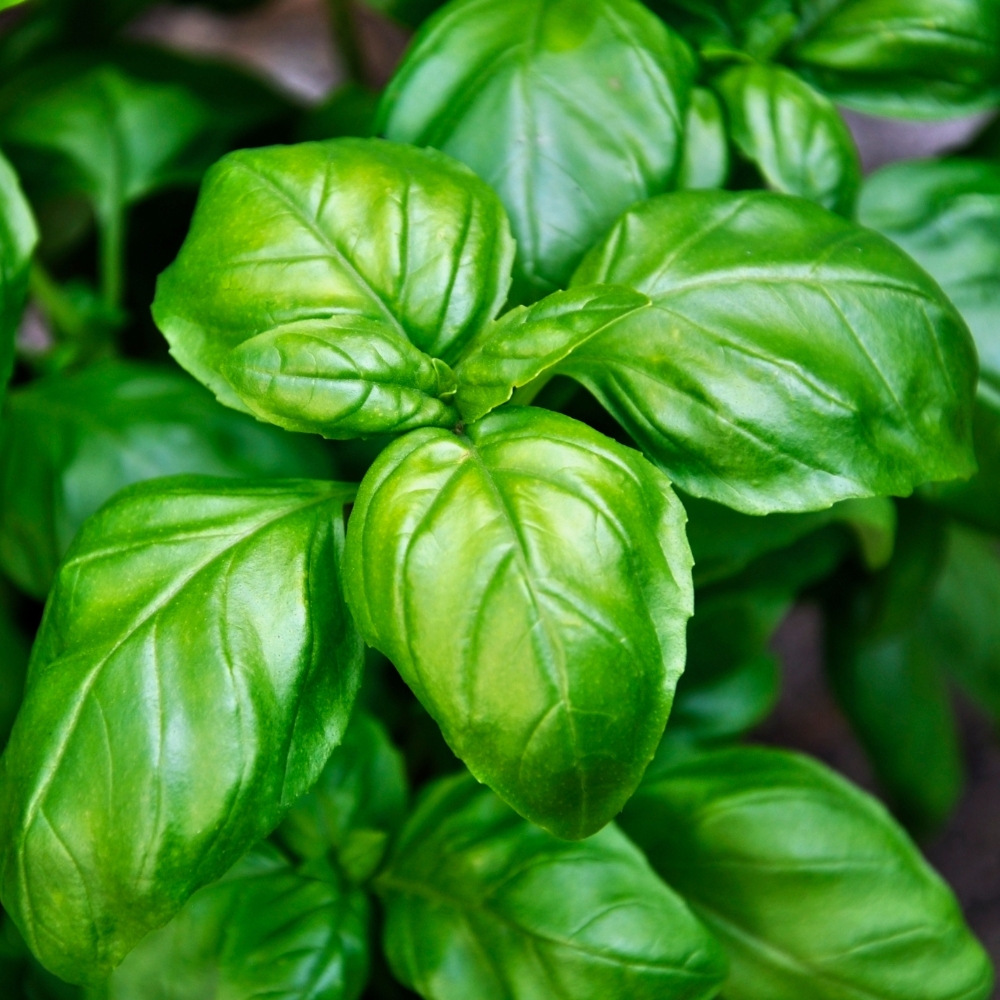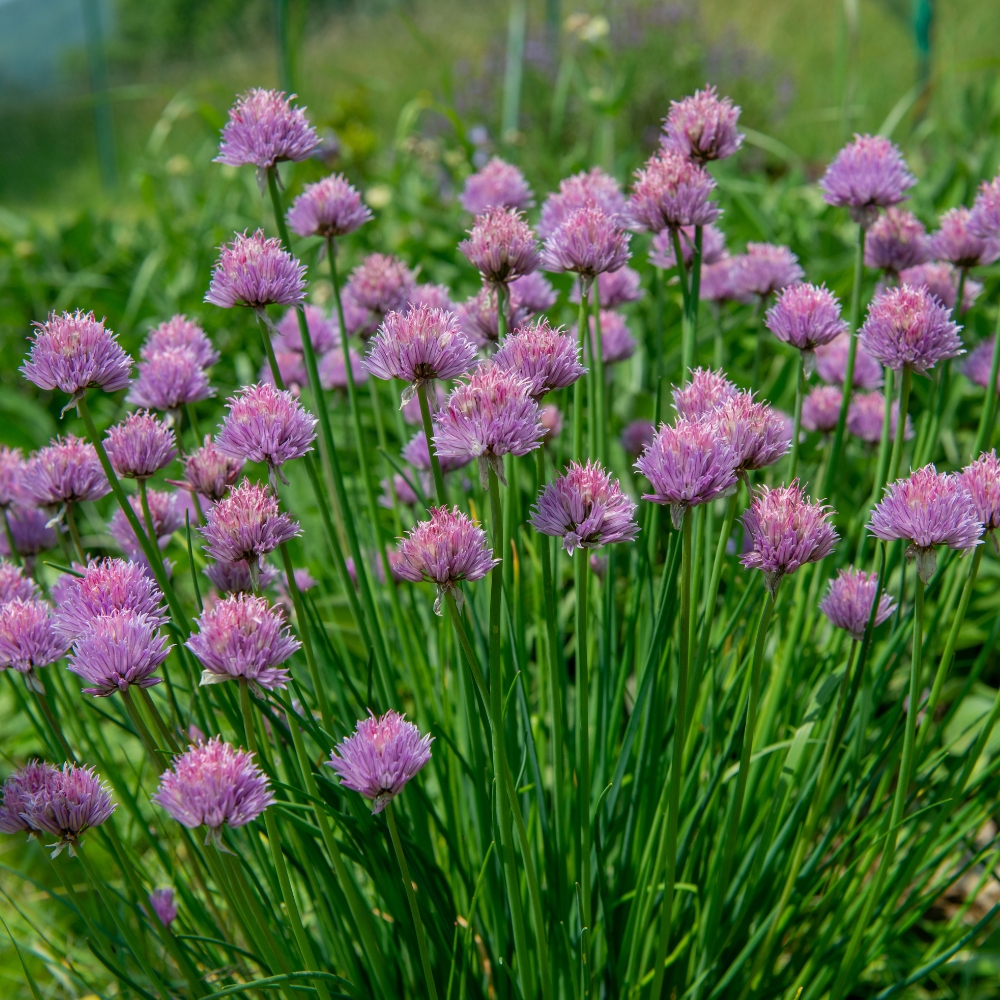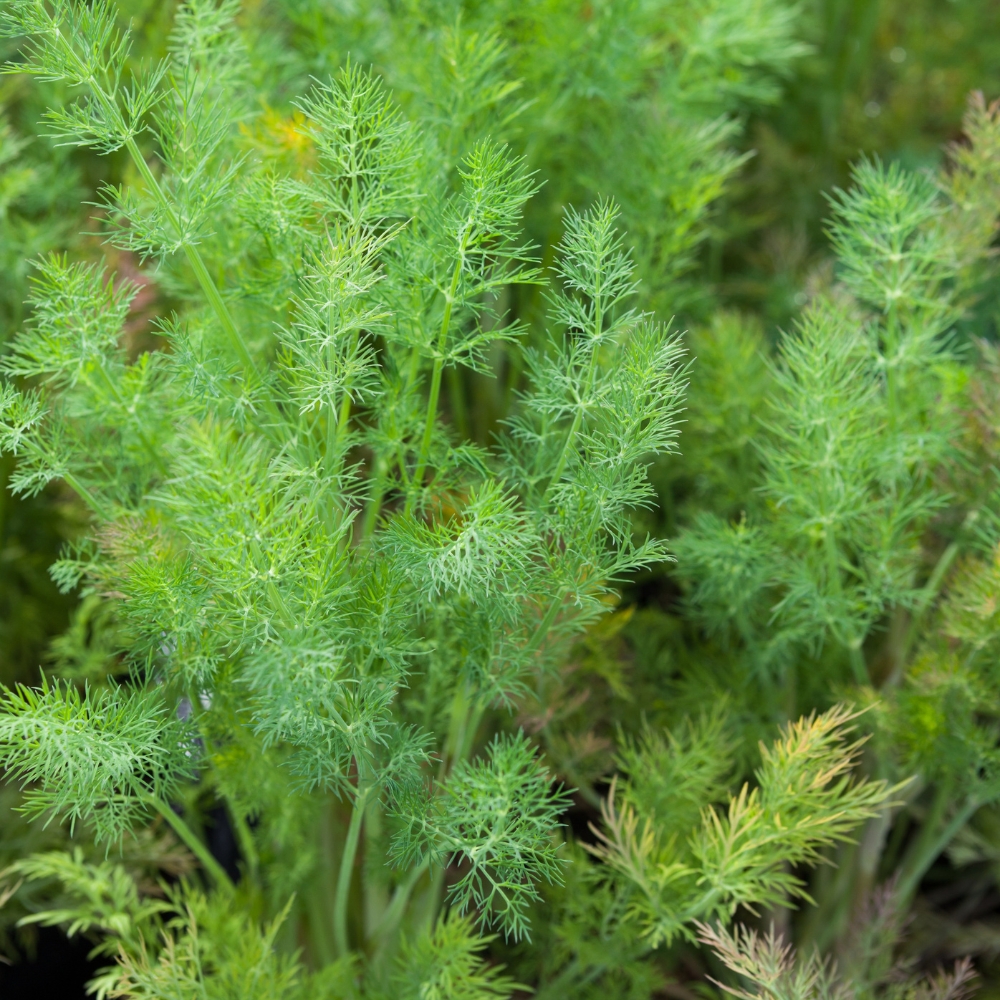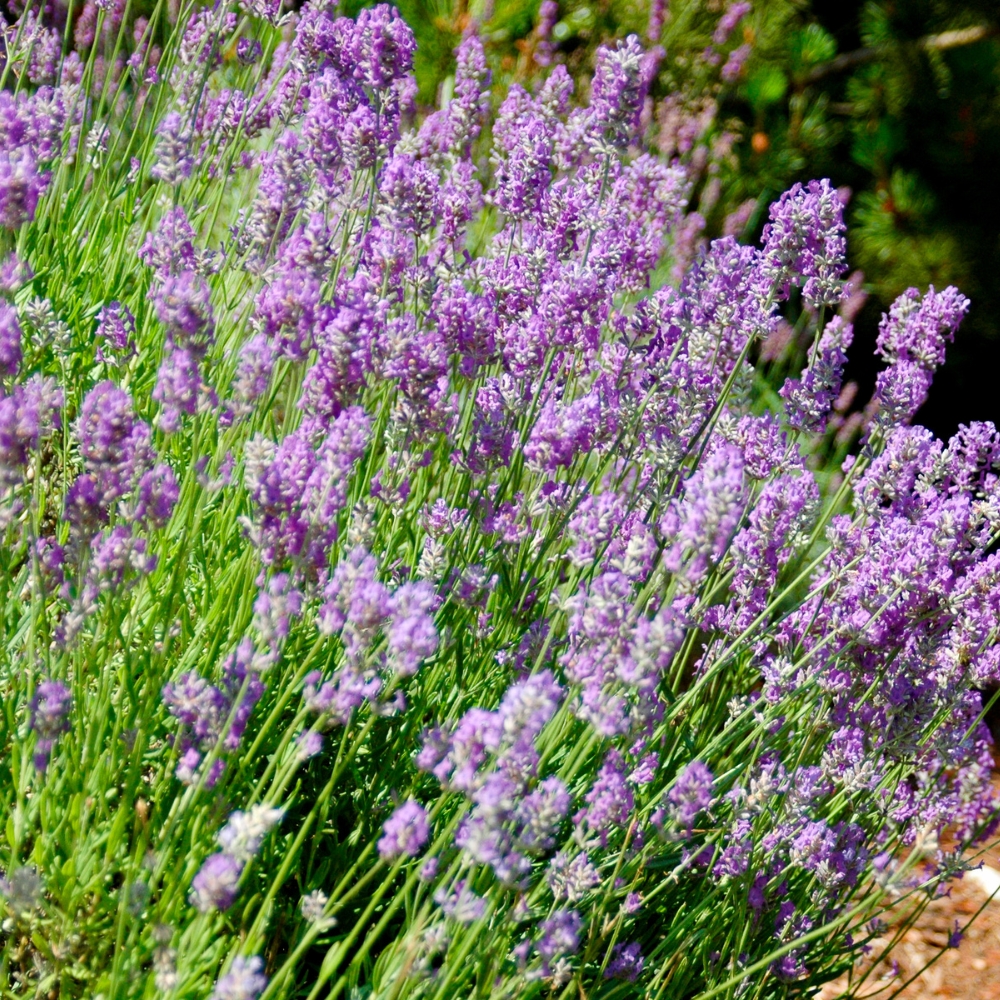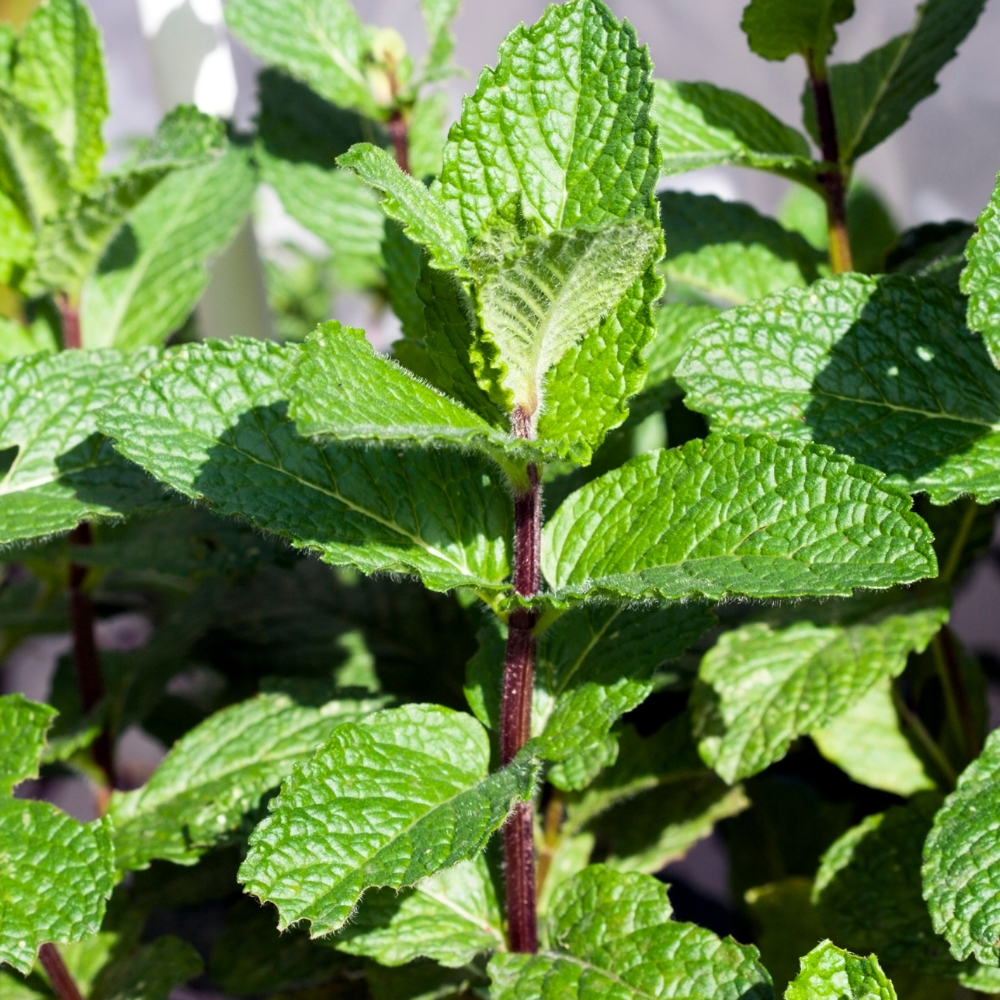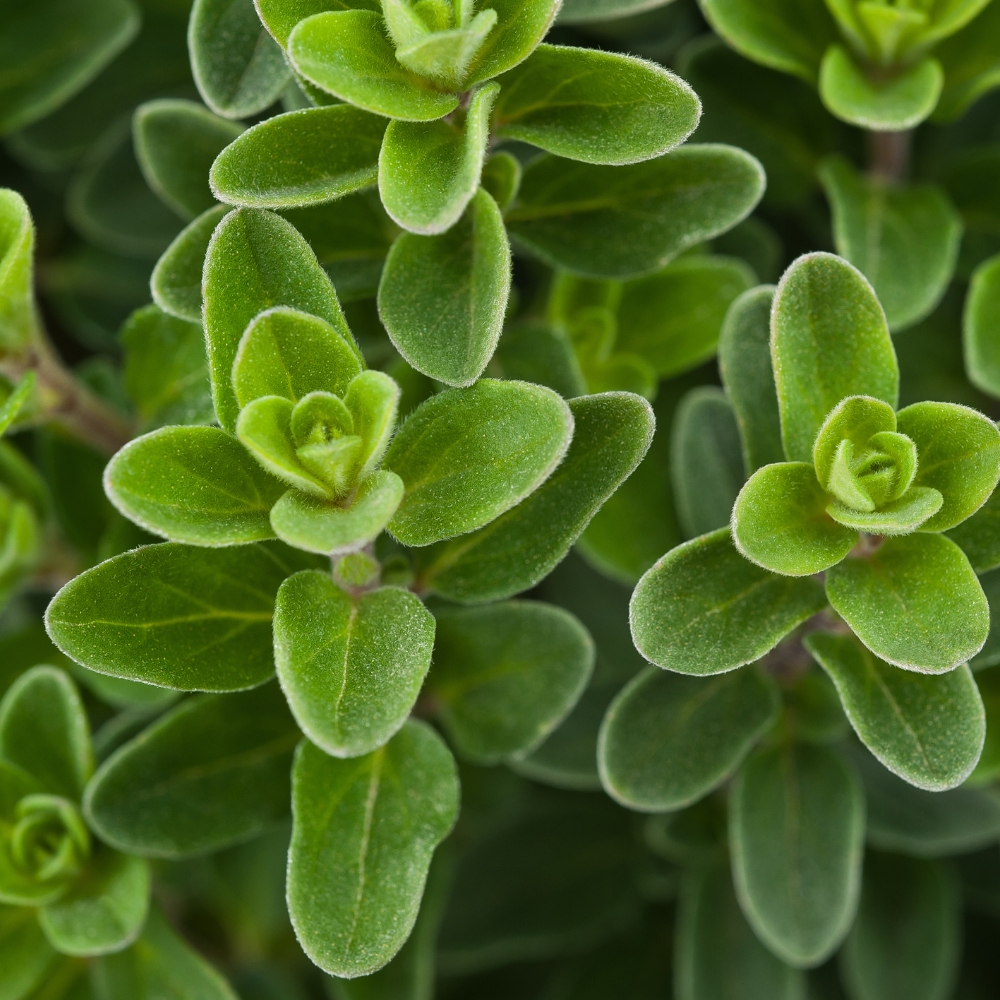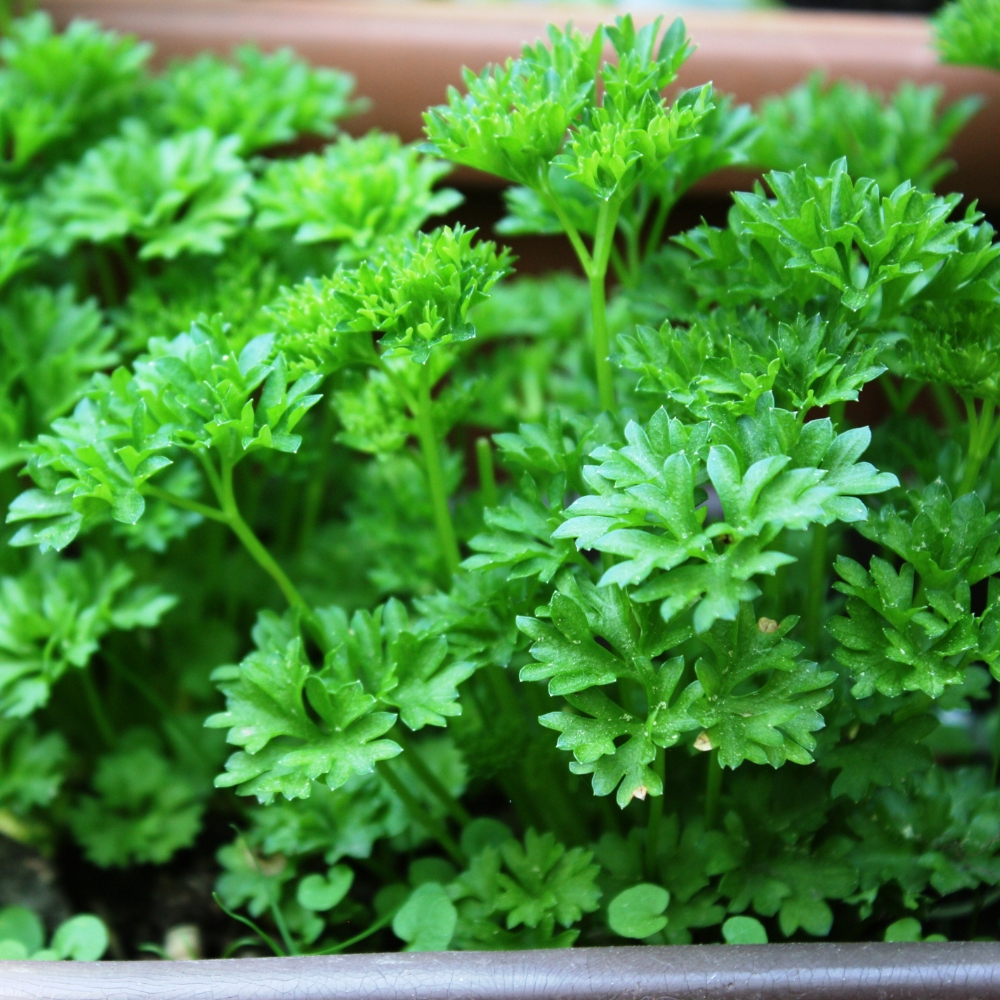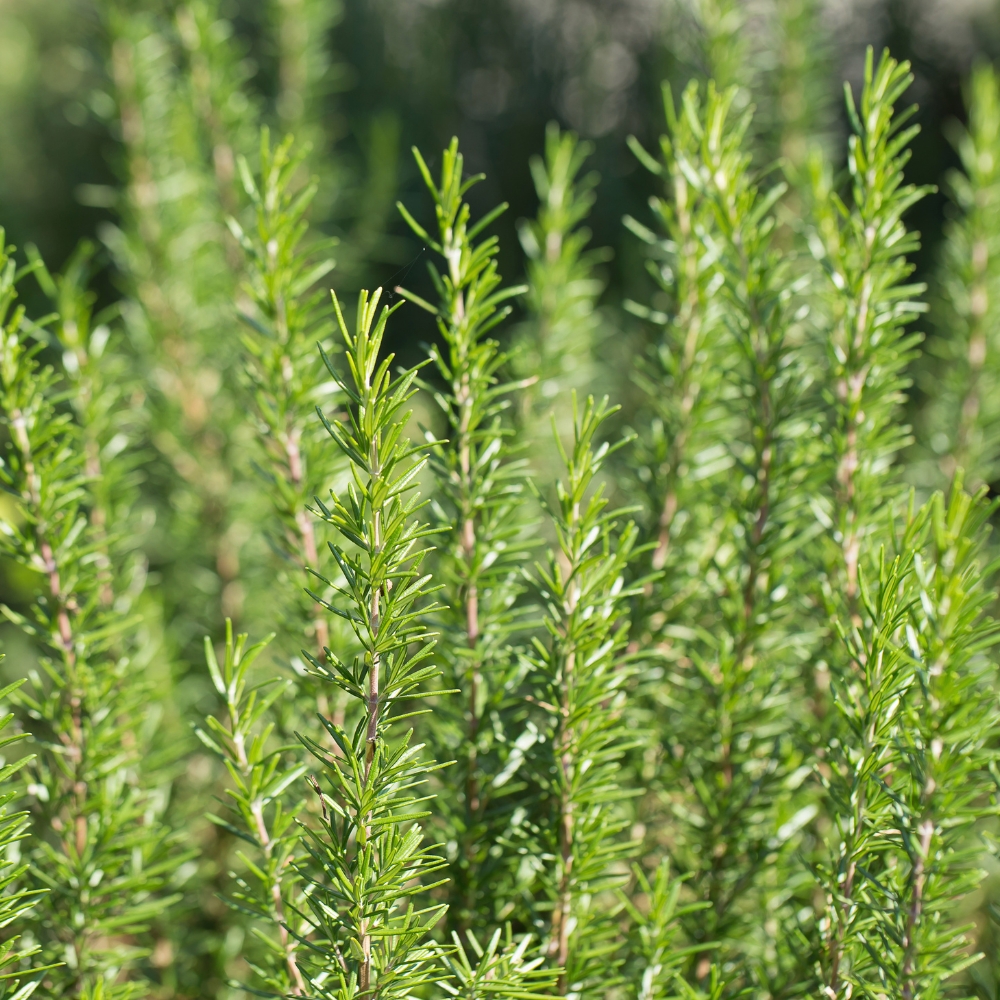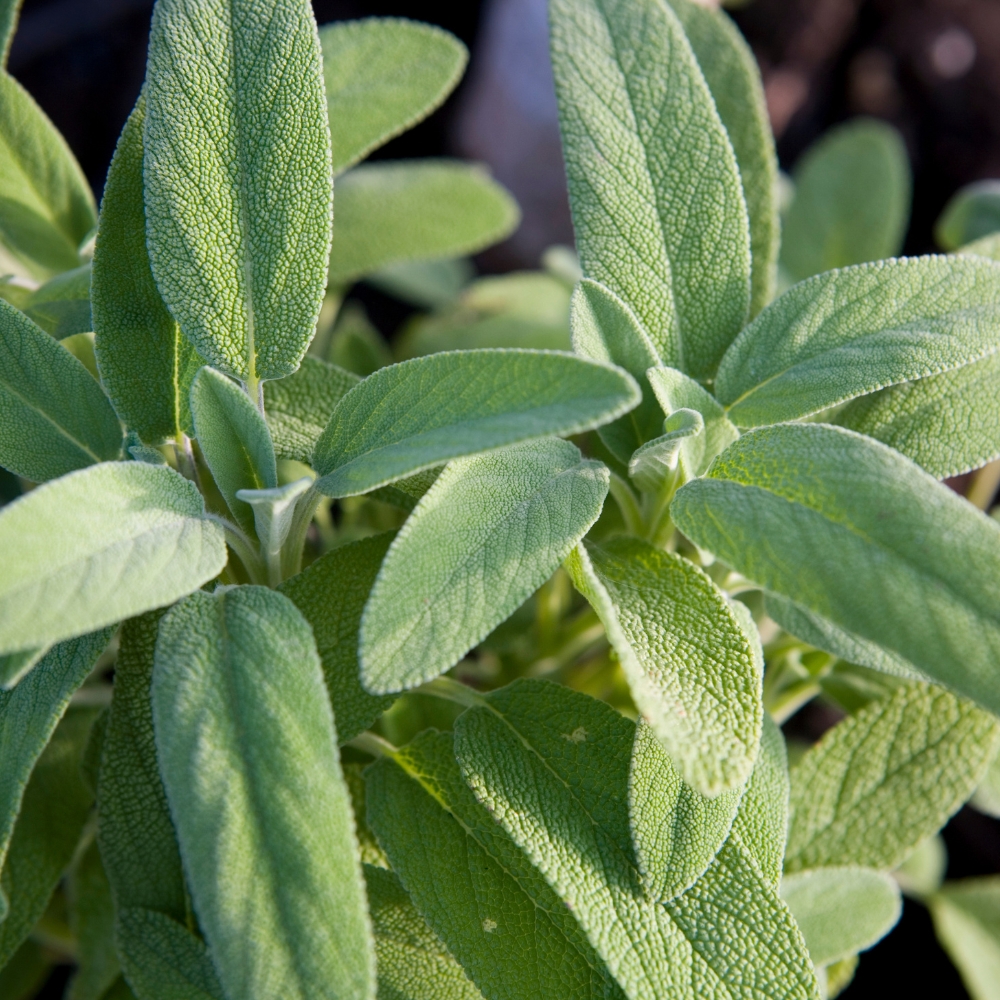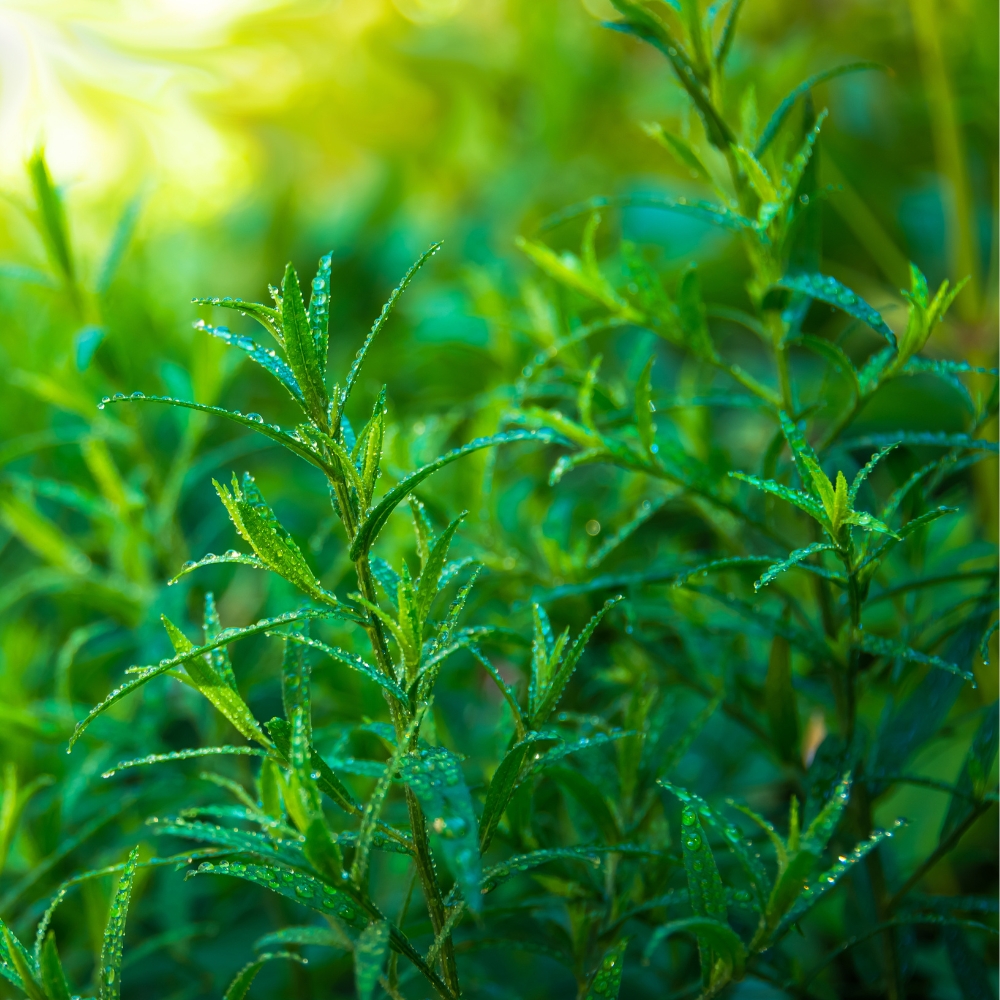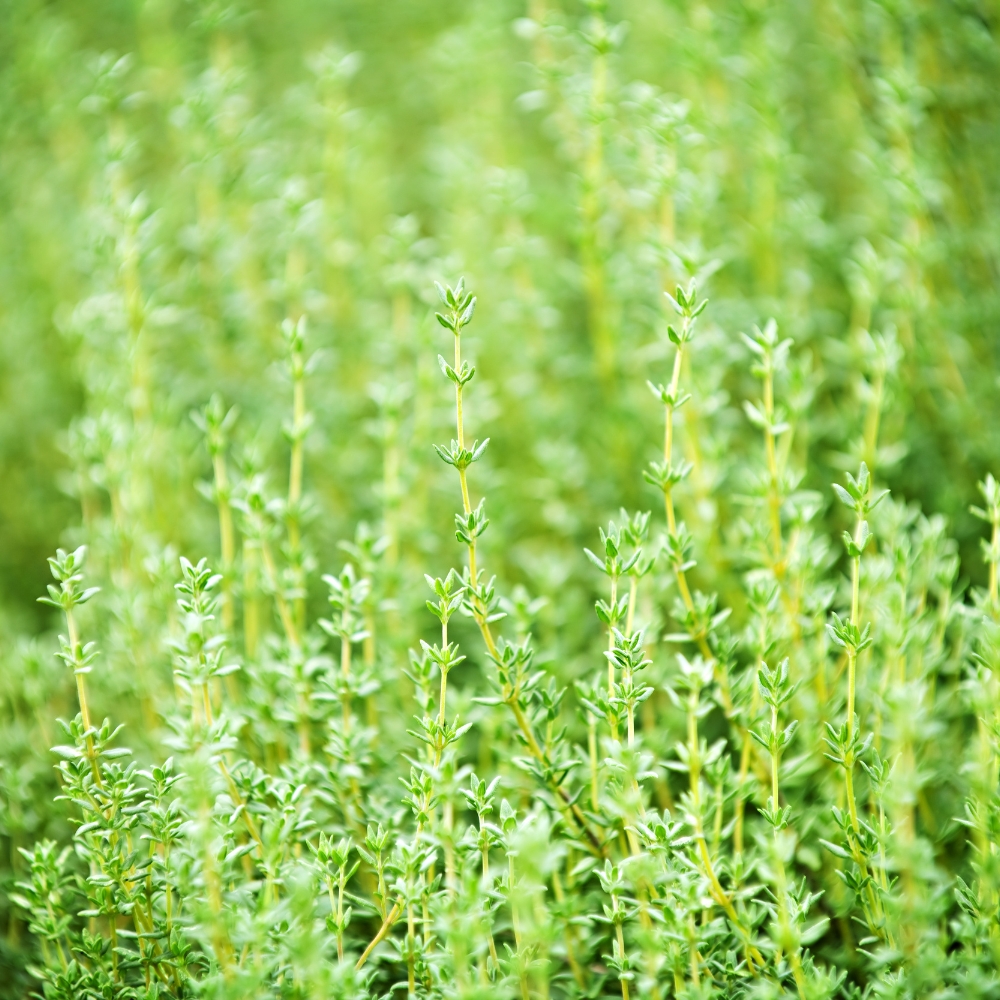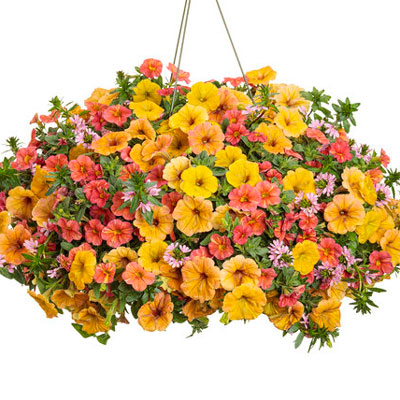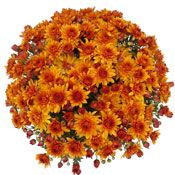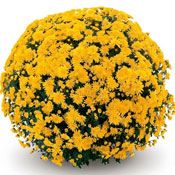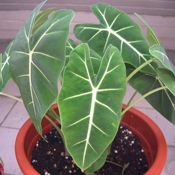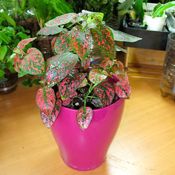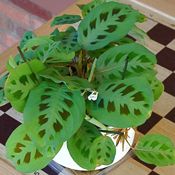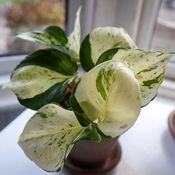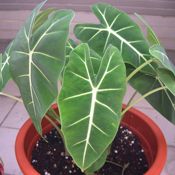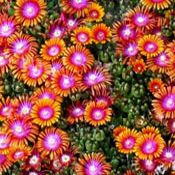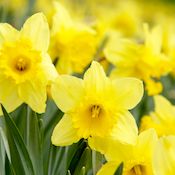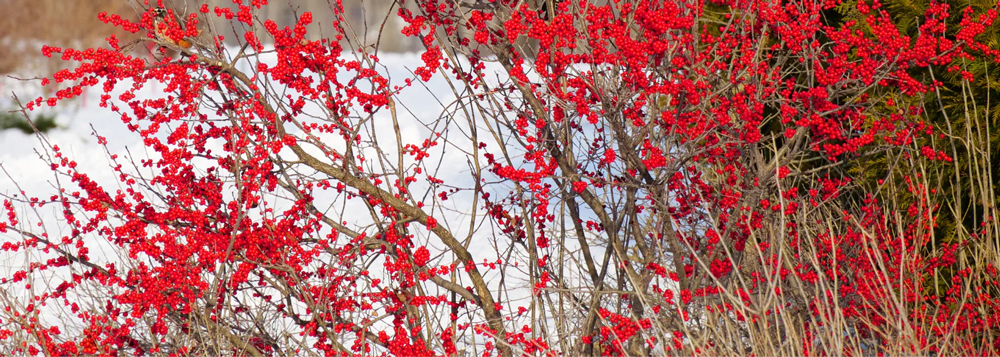
Wintertime can be gray, overcast, and seem somewhat lifeless, unless, of course there is snow on the ground…and that still depends upon whether you like the snow or not. Regardless, there are a number of ways that you can ensure that there is color in your winter landscape, so that when you look out the window there is something cheerful to draw your attention and maybe even make you smile.
Winter color can come in the form of beautifully colored branches, berries, blossoms, and interesting bark. Let’s take a look at some bushes, shrubs and plants that can add welcome color to your winter landscape.
Winter Color for Large Spaces
- Rhododendron Shrubs—Rhododendrons are not the first shrub that most people think of when it comes to an evergreen. Rhododendrons will give you the best of both worlds, all season long. These hardy perennial shrubs will withstand winter temperatures in USDA Hardiness Zones 4 through 8. They are also adaptable to partially sunny locations, providing color where other plants may not grow well. This early bloomer, flowering in April and May, will grow 4 to 8-feet tall with evergreen leaves throughout the winter. Rhododendrons are available in a kaleidoscope of colors. You can grow this perennial beauty as a stand-alone feature, in a grouping, or as a wonderfully decorative hedge. They grow on old wood, requiring very little pruning to maintain its gorgeous-ness. *ProTip: Rhododendrons are also called Azaleas. Not all Azaleas are evergreen; you will want to choose Rhododendron spp. for evergreen Azalea varieties.
- American Holly—This evergreen tree can grow 15 to 30-feet tall with a mature spread of 10 to 20-feet, though seasonal pruning can maintain its height and width if desired. The glossy, scalloped leaves with pointy tips are a dark, lush green all year long. However, in the fall and winter, it produces large clusters of holly berries, usually red, though sometimes orange. Not only do these berries provide welcome winter color, they are greatly appreciated by overwintering birds, such as robins, mockingbirds, cedar waxwings, and even small mammals, like squirrels.
- Green Velvet Buxus Bush—This petite Boxwood bush grows 3 to 4-feet tall and will enjoy partial to full sun. The Green Velvet Buxus bush grows in a tidy, mounded form. Its leaves have a velvety appearance, the older growth will appear deep green, while the newer growth emerges a lighter, vibrant green color. The result is a multi-colored, layered effect. Boxwood bushes thrive in USDA Zones 5 through 9. Mulching will retain moisture, inhibit weed growth, and will protect the roots through the coldest winters.
- Arborvitae Trees or Bushes—Variety is the word of the day when it comes to the evergreen Arborvitae (AR-burr-vie-tee), also known as Thuja. The bushes and trees in this genus are all characterized by uniformity, with virtually no maintenance, and their adaptability to partially sunny locations. From the Mr. Bowling Ball® Arborvitae, which only grows 1 to 2 feet tall and is aptly named, to the Emerald Green Arborvitae tree, growing up to 15-feet tall, to the Fluffy® Arborvitae tree with its golden, whimsical appearance, you have choices on form, texture, height, and color.
- Witch Hazel Shrub—This evergreen produces fragrant winter blooms in sunny, gilded yellow on a vase-shaped form that requires almost no maintenance once established. Did you catch that? It blooms in the wintertime! Thriving in Zones 3 through 9, this North American native can grow up to 30-feet tall and 20-feet wide, though pruning will tame those features if you choose. Its flowers are frilly, filament-y looking with a richly-colored red eye and brilliant yellow petals growing along each stem. Witch Hazel shrubs will perform best in sunny areas though will benefit from afternoon shade in the warmer climes. Songbirds will be frequent visitors, adding to the colorful show. In the fall, the foliage turns those traditional warm colors, and then…it blooms in the winter!
- Winterberry Shrubs—Winterberry is a deciduous shrub, losing its leaves in the fall; however, those leaves are replaced with brilliantly-red berries in abundance. Each slender branch from the bottom to the top of its vase-shaped form will be a riot of red color. Though a gorgeous sight all of the time, when snow blankets the ground, the spectacle is nothing short of stunning. Growing up to 4-feet tall, gardeners and landscapers in Zones 3 through 9 will appreciate the Winterberry shrub’s adaptability to partially sunny locations and its ease of maintenance. Winterberry shrubs require pollination, so you’ll need to plant 1 male plant for every 5 female plants. They will pollinate if within 50 feet, so you can plant the berry-less male plant out of sight, while your berry-bearing females are front and center.
- Coral Bark Japanese Maple—This tree is an easily manageable size, only growing to 20-feet in height, and will tolerate partially sunny to fully sunny locations. Most Maple trees will have verdant spring and striking fall foliage, but this particular Maple tree goes a step further with bark in a glorious shade of coral-red. This tree will also grow multiple trunks, meaning you’ll have the pleasure of viewing even more exciting and unique winter color.
Winter Color for Small Spaces and Containers
- Primrose Plant—The Primrose Plant is not “officially” an evergreen, but will usually bloom in February, with some zones seeing these dainty flowers in January, especially in sunny spots. A low-growing perennial flower, it averages 4 to 8-inches tall. Primroses are also edible, so will add color and texture to your wintertime fare; the more flowers you cut, the more will grow, so decorate those cakes, puddings, and salads, bringing that winter color indoors. Thriving in Zones 4 through 8, Primrose plants are an ideal filler in your gardens for late winter and early spring color.
- Hens and Chicks—This succulent is also known as houseleeks or sempervivum and is an ideal choice for small spaces and container planting. This rugged, no-maintenance perennial succulent can withstand temperatures down to -40°F. Its colorful red, blue, purple, or green rosettes are actually fun to watch grow as each tiny rosette (the chicks) grows from the adult plant (the hens), keeping the circle of life going as the chicks grow to hens and the hens produce chicks and the chicks grow to hens…you get the picture!
- Rosemary Herb—The Rosemary plant is a perennial evergreen herb that you can grow in your garden or in containers year round. Some varieties can withstand temperatures down to about 10°F, while others are hardy down to 30°. The Arp Rosemary Herb plant is considered one of the hardiest, as is the Hardy Hill. Nicely aromatic with a nuanced pine-like flavor and just a hint of citrusy lemon, Rosemary sprigs can be floated in oil or butter when preparing steaks and then used as a garnish. You can also use Rosemary when concocting soups, creating marinades, or infusing oils.
- Evergreen Azaleas—Evergreen Azaleas will not bloom in winter but will drop one set of leaves in the fall and then maintain the second set of leaves throughout the winter. If you purchase Encore Azaleas, you will be treated first to summer blossoms, and then they will rebloom in the fall. Though bearing delicate, fancy blossoms, Evergreen Azaleas are cold-hardy down to -10°F. They will need a relatively large container; having this stunning evergreen outside your patio door will be a wintertime treat.
- Camelia Plants—The Camellia is a winter-blooming evergreen available in a wide range of colors, from snowy white to vibrant red. Depending upon your area, you will have luxurious blossoms from fall to early spring. Plant them in a large, sturdy container or in the ground where they are visible from your windows. These hardy perennials can tolerate temperatures down to 5°F.
- Mahonia Shrubs—This low-maintenance, easy-to-grow shrub prefers partial shade, though it will grow in fully sunny locations as well. Yellow is the color of its clusters of cheerful blossoms that can appear as early as February. Its foliage changes color with the seasons and somewhat resembles the spiky leaves of holly bushes. Its cheery blossoms are followed by berries of blueberry-blue, bluish-black, or red, not only providing even more early season interest and color, but attracting a myriad of songbirds to your homestead. Choose a more compact variety, such as Compactum, if container planting. Orange Flame is very attractive, though it will require a larger container, rewarding you with bronzy-colored new growth and mature deep red foliage in the winter.
Some TLC Never Hurts
Even though you have winter-hardy perennial plants, there are some steps you may want to take if you want to ensure their continued health and ability to thrive, especially when the temperatures drop to extreme lows.
MULCH
When it comes to winter gardening, mulch is your friend, even if planting in containers. Mulch will protect the roots and will conserve moisture. When winter winds are exceptionally strong, it can decimate even the hardiest of winter plants with its drying effects. Be sure to monitor the moisture of your winter plants, especially during particularly brutally cold and windy times.
CONTAINER WRAPS
We also recommend that you keep some sort of fabric ready to wrap around your containers if the temperatures will be extremely low. Plants in containers, even though they are winter plants, have roots that are not as protected as they are in the ground. Though your winter plants may be cold-hardy down to 5 degrees, if the wind chill dips below that point, winterkill can occur in potted plants. Old sheets, towels, or burlap fabric is ideal; you can attach it with bungie cords or clothes pins.
PLANT COVERS
It is a good idea to have plant covers available. As climate change is wreaking havoc on our weather patterns, you never know when an artic cold front may require you to protect your perennial plants. Even if your plants are winter-hardy, a severe blast of cold weather may damage or kill. Plant covers are well-worth the expense and ease. Remember to remove the covers as the sun comes out and the winds die down.
MOISTURE
You may not think that your plants need additional winter moisture, but they may. Plants in containers tend to dry out much more quickly than they do if planted in the ground. Mulch, as mentioned above, will help to retain that moisture; however, you should still check your potted plants on a regular basis. You may even have to add additional mulch if high winds have blown your mulch away. In fact, if the winds are blowing that hard, your plants are probably drying out as well.
















































































